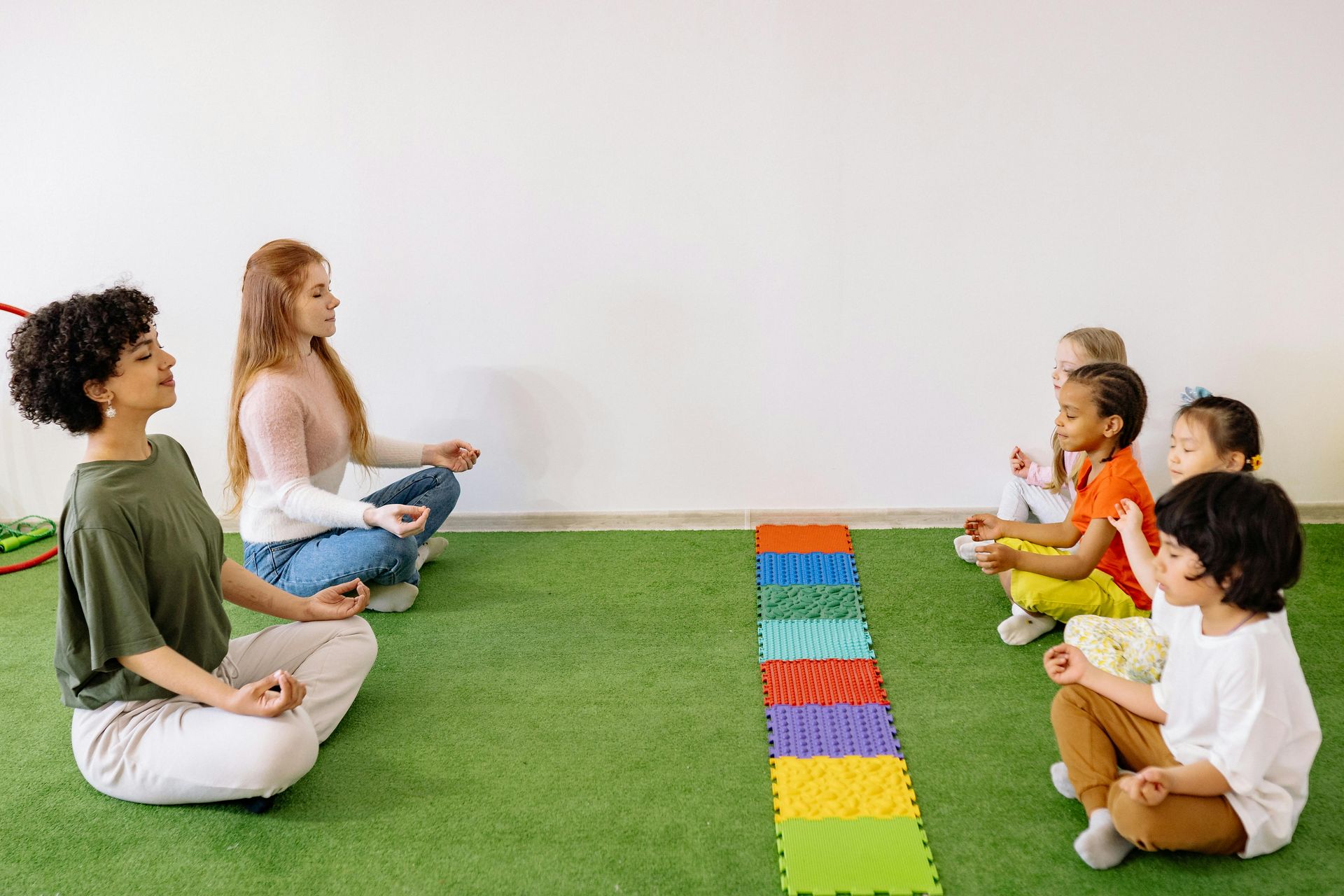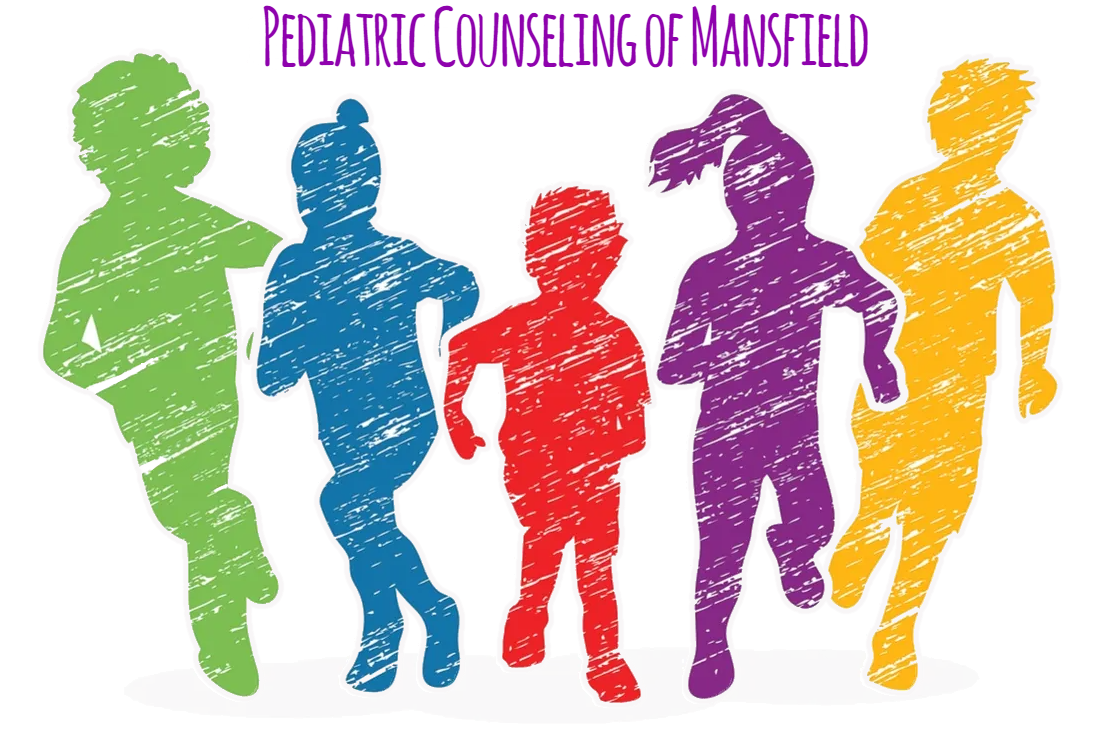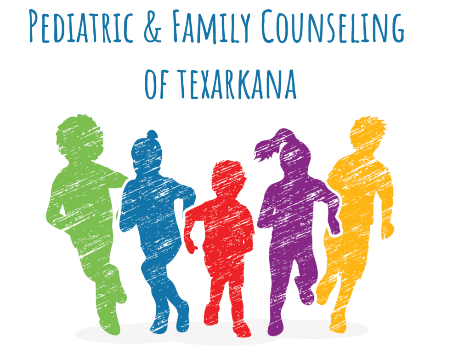Movie Ratings and Raising Kids: A Guide for Thoughtful Parenting
As a parent, choosing what your child watches can feel like navigating a maze of flashing lights and loud trailers. One moment, a movie seems playful and innocent. The next, you're scrambling for the remote as something unexpectedly mature flashes across the screen.
That’s where movie ratings come in. Designed as a guideline, these age-based classifications can be a helpful tool in your parenting toolkit—but they’re not the whole story.
Let’s dive into what these ratings really mean, how they can be applied in real life, and why you, not the rating system, are the best judge of what’s right for your child.
What Do Movie Ratings Mean?
Most countries have some sort of film classification board. In the U.S., it’s the MPAA (Motion Picture Association of America). Here’s a quick breakdown:
- G (General Audiences): Suitable for all ages. No content that would offend parents.
- PG (Parental Guidance Suggested): Some material may not be suitable for young children.
- PG-13: Parents strongly cautioned. May include violence, language, or suggestive material.
- R (Restricted): Under 17 requires accompanying parent or adult guardian. Contains adult material.
- NC-17: Strictly for adults. No one under 17 admitted.
These ratings can offer a baseline, but they’re far from perfect. A PG movie from 1995 might feel more risqué than a modern PG-13 one, and what one family finds acceptable, another might not.
Using Ratings as a Starting Point, Not the Rulebook
Ratings are a helpful filter, but they don’t tell the whole story. A few tips for using them wisely:
1. Context Is Everything
A PG-13 film might have violence—but is it cartoonish or realistic? A PG film might have “mild language”—but what words are we talking about? Read reviews or watch the movie yourself first. Resources like Common Sense Media give parent-focused breakdowns.
2. Every Child Is Different
Some 8-year-olds are more sensitive to scary scenes than others. Some teens are unfazed by fantasy violence but uncomfortable with romantic content. Tune into your child’s emotional maturity, personality, and curiosity.
3. Use It As a Conversation Starter
If your child wants to watch something above their age bracket, talk about why they’re interested. Watch it together if you choose to allow it—and be ready to hit pause and discuss. These can be golden moments for teaching critical thinking and empathy.
4. Build a Family Rating System
Consider making your own “family-approved” list. If your values emphasize kindness, respect, and resilience, prioritize media that reflects those themes—even if it doesn’t carry a G rating. Let your kids be part of the conversation.
Balancing Protection and Preparation
Our job as parents isn’t just to shield our children from the world—it’s also to help them grow into thoughtful, confident individuals. Media plays a powerful role in that development.
Movies can entertain, yes—but they can also teach empathy, expand imagination, and open the door to deeper discussions. By being intentional with what we allow into our homes and minds, we’re teaching our kids to be intentional too.
Final Thoughts
Movie ratings are a great tool—but they're just that: a tool. Not a rulebook, not a substitute for parental judgment, and definitely not one-size-fits-all. The best guide? Your relationship with your child and the conversations you build together.
So the next time you're browsing for family movie night, go beyond the rating. Think about the message, the impact, and the opportunity for connection. Because that’s where the real magic is.












